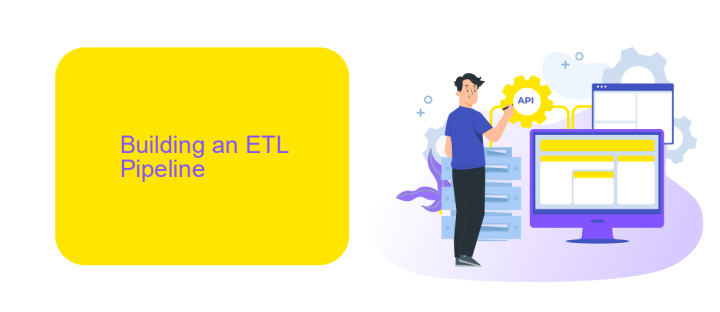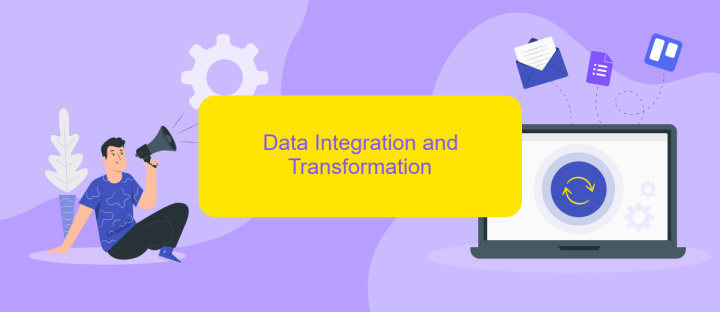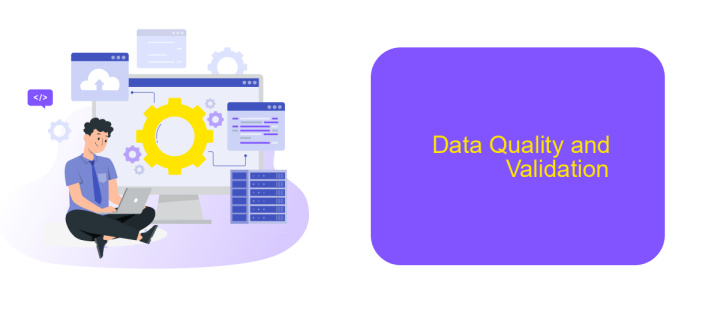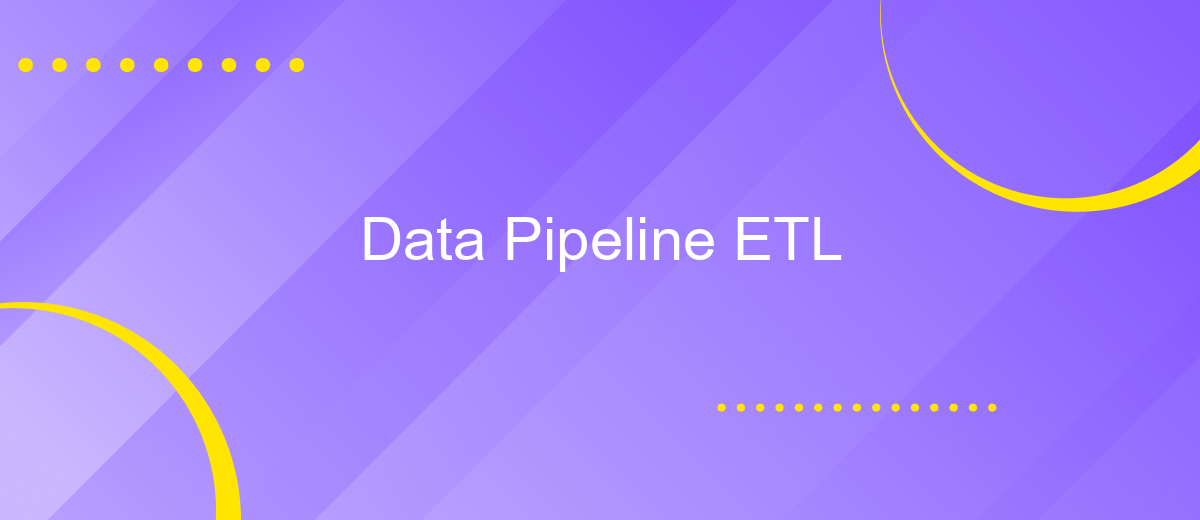Data Pipeline ETL
A Data Pipeline ETL (Extract, Transform, Load) is a crucial framework in modern data management, enabling the seamless movement and transformation of data from various sources to a centralized repository. This process ensures data is clean, structured, and ready for analysis, driving informed decision-making and operational efficiency. In this article, we explore the components, benefits, and best practices of building an effective ETL pipeline.
Introduction to Data Pipelines and ETL
Data pipelines and ETL (Extract, Transform, Load) processes are fundamental components in modern data management. They enable organizations to efficiently gather, process, and utilize data from various sources, ensuring that information is accurate, timely, and actionable.
- Extract: Collecting data from multiple sources, such as databases, APIs, and files.
- Transform: Cleaning, enriching, and converting data into a usable format.
- Load: Storing the processed data into a target system, like a data warehouse or analytics platform.
Tools like ApiX-Drive simplify the integration and automation of ETL processes by providing seamless connectivity between diverse data sources and destinations. This enables businesses to streamline their data workflows, reduce manual efforts, and ensure the accuracy of their data pipelines.
Building an ETL Pipeline

Building an ETL pipeline involves several critical steps to ensure data is efficiently extracted, transformed, and loaded into your desired destination. Initially, data extraction is performed from various sources such as databases, APIs, and flat files. This step requires careful planning to handle different data formats and ensure data integrity. Tools like ApiX-Drive can streamline this process by automating data collection from multiple sources, reducing manual intervention and potential errors.
Once the data is extracted, the transformation phase begins. This involves cleaning, normalizing, and enriching the data to meet the analytical requirements. Techniques such as filtering, aggregation, and joining datasets are commonly used. Finally, the transformed data is loaded into a data warehouse or another storage solution for analysis. Ensuring the pipeline is scalable and maintainable is crucial, as data volume and complexity can grow over time. Monitoring and alerting mechanisms should be in place to quickly address any issues that arise during the ETL process.
Data Integration and Transformation

Data integration and transformation are crucial steps in the ETL process, ensuring that data from various sources is harmonized and converted into a usable format. This process involves collecting data from disparate systems, cleansing it, and transforming it into a consistent format suitable for analysis and reporting.
- Data Extraction: Collect raw data from multiple sources such as databases, APIs, and flat files.
- Data Cleansing: Remove duplicates, correct errors, and handle missing values to ensure data quality.
- Data Transformation: Convert data into a unified format, including data type conversions, aggregations, and calculations.
- Data Loading: Load the transformed data into a data warehouse or another target system for analysis.
Tools like ApiX-Drive facilitate seamless data integration by providing automated workflows that connect different data sources. With its user-friendly interface, ApiX-Drive allows users to set up integrations without extensive coding, ensuring that data flows smoothly between systems. By leveraging such tools, organizations can streamline their ETL processes, reducing manual effort and minimizing errors.
Data Quality and Validation

Ensuring data quality and validation is crucial for the effectiveness of any ETL data pipeline. High-quality data guarantees that the insights derived from it are accurate and reliable, which is essential for making informed business decisions. Data validation involves verifying the accuracy and completeness of data as it moves from source to destination.
Various techniques and tools can be employed to maintain data quality. These include data profiling, cleansing, and enrichment processes. Data profiling helps identify anomalies and inconsistencies, while cleansing involves correcting or removing erroneous data. Enrichment enhances data by adding valuable information from external sources.
- Data Profiling: Identifies data anomalies and inconsistencies
- Data Cleansing: Corrects or removes erroneous data
- Data Enrichment: Adds valuable information from external sources
Integrating these processes into your ETL pipeline can be streamlined using services like ApiX-Drive. ApiX-Drive enables seamless data integration between various platforms, ensuring that your data remains accurate and up-to-date throughout its lifecycle. By leveraging such tools, businesses can maintain high data quality standards, ultimately leading to more reliable analytics and better decision-making.


Orchestration and Scheduling
Orchestration and scheduling are critical components of a Data Pipeline ETL process, ensuring that data flows smoothly and tasks are executed in the correct sequence. Orchestration involves coordinating various tasks, such as data extraction, transformation, and loading, to ensure they occur in a logical and efficient order. Scheduling determines when these tasks should run, whether at specific times, intervals, or in response to certain events. Tools like Apache Airflow and Luigi are commonly used for these purposes, providing robust frameworks for managing complex workflows and dependencies.
For seamless integration and automation, services like ApiX-Drive can be invaluable. ApiX-Drive allows for easy setup of integrations between different data sources and destinations, streamlining the orchestration process. By automating data transfers and transformations, it reduces manual intervention and minimizes the risk of errors. This ensures that your data pipeline remains efficient and reliable, allowing you to focus on analyzing data rather than managing the pipeline itself. Proper orchestration and scheduling, complemented by integration tools, are essential for maintaining a high-performance ETL process.
FAQ
What is a Data Pipeline in ETL?
Why is ETL important for data integration?
What are the common challenges in setting up a Data Pipeline?
How can I automate my ETL processes?
What are the best practices for maintaining a Data Pipeline?
Routine tasks take a lot of time from employees? Do they burn out, do not have enough working day for the main duties and important things? Do you understand that the only way out of this situation in modern realities is automation? Try Apix-Drive for free and make sure that the online connector in 5 minutes of setting up integration will remove a significant part of the routine from your life and free up time for you and your employees.

